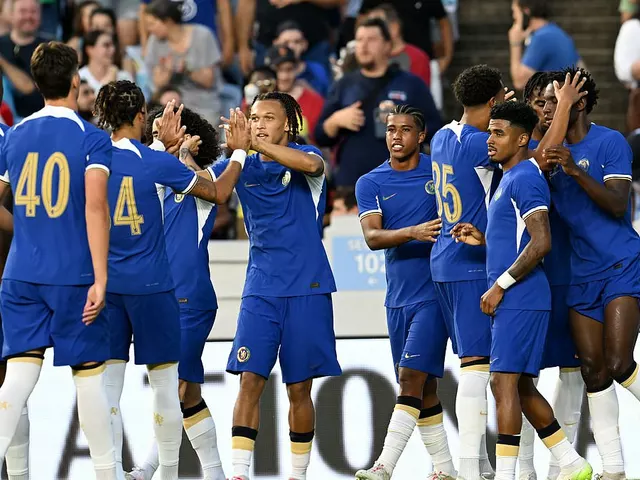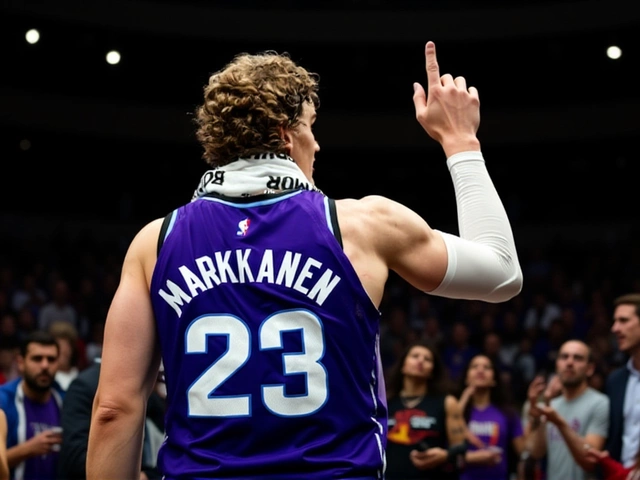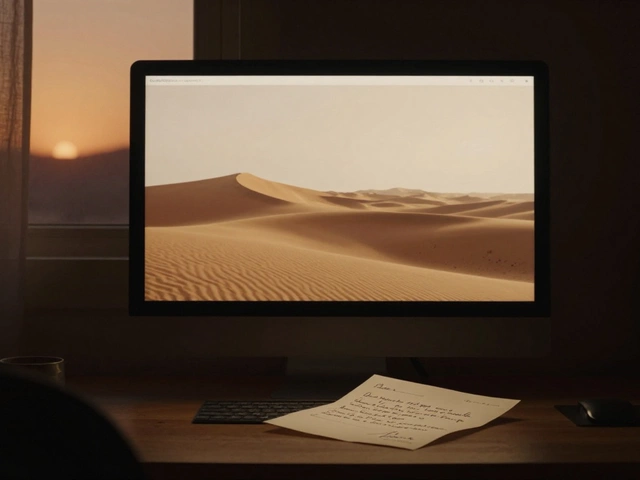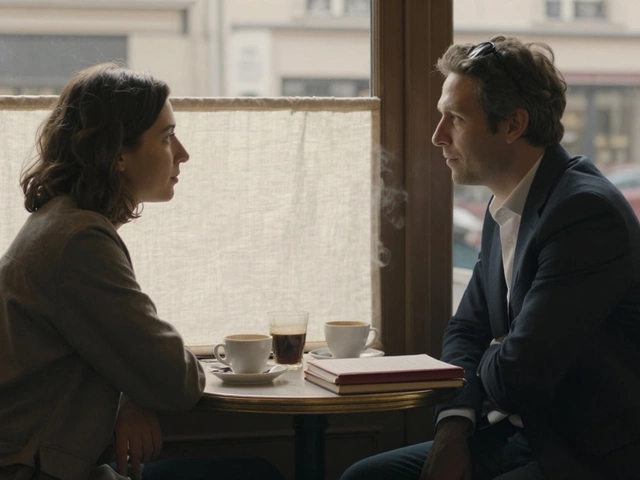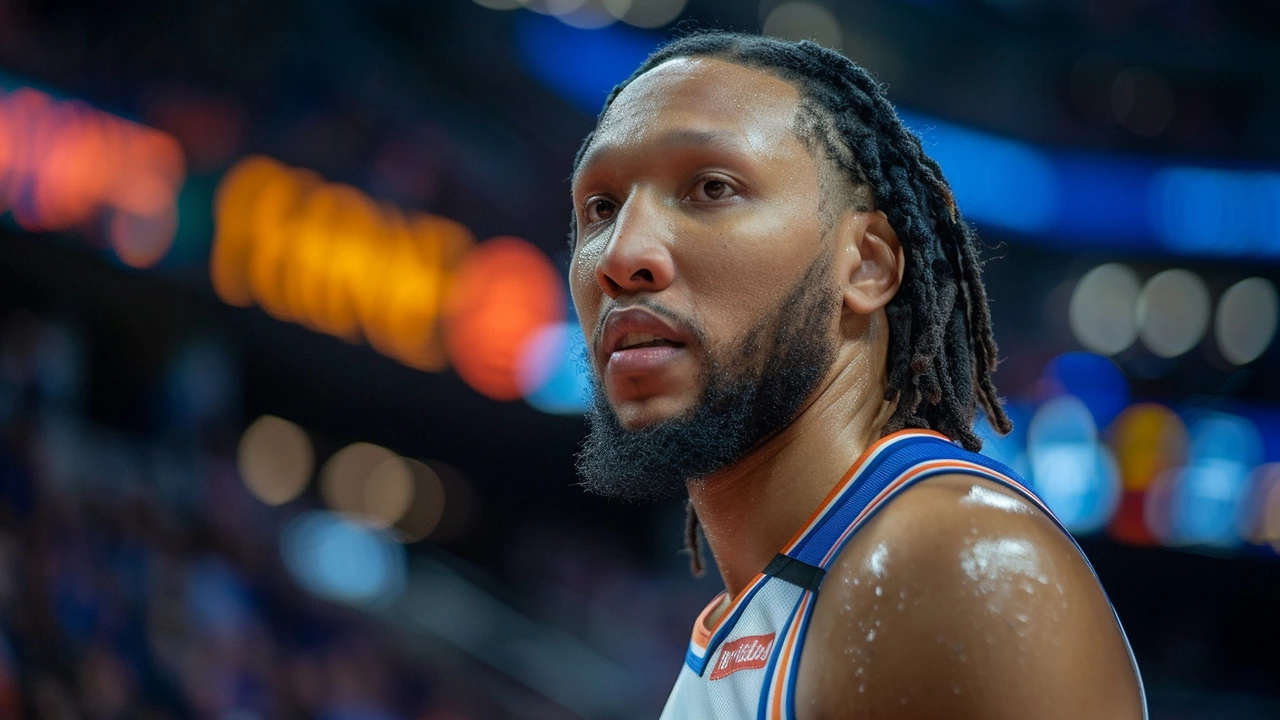
Fractured Hand in Soccer: Quick Facts and What to Do
If you feel a sharp pain in your hand after a tackle or a fall, you might have a fractured hand. In soccer, it’s easy to brush it off because the game uses your feet more than your hands, but a broken hand can still keep you out of practice and matches.
The first sign is usually a sudden, intense pain that doesn’t go away after a few minutes. Look for swelling, bruising, or a noticeable bump. If you can’t move the fingers without hurting, that’s another red flag. In some cases, the hand might look misshapen or you might hear a crack when it happened.
Immediate Steps: How to Handle a Suspected Hand Fracture
First, stop playing. Continuing can make the break worse and delay healing. Ice the area for 15‑20 minutes every hour to keep swelling down. Wrap the hand loosely with a bandage—don’t tighten it, you don’t want to cut off circulation.
Next, get professional help. A quick visit to an urgent care clinic or sports doctor will get you an X‑ray. The doctor will confirm the fracture and tell you if you need a splint, a cast, or in rare cases surgery.
Treatment, Recovery, and Getting Back on the Field
Most hand fractures heal with a splint or cast for about 4‑6 weeks. During that time, keep the hand elevated when you’re sitting or lying down. This helps fluid drain and reduces swelling.
Once the cast comes off, physical therapy kicks in. Simple hand‑strengthening exercises—like squeezing a soft ball or doing finger lifts—will rebuild muscle and flexibility. Expect a gradual return to ball control drills; start with light passing and build up to full‑contact drills as the pain fades.When you feel ready, talk to your coach and doctor about a safe return plan. A common rule is to have no pain, full range of motion, and at least 90% strength compared to your uninjured hand before you jump back into games.
Preventing another fracture is mostly about protecting the hand during high‑risk actions. Wear proper protective gear—many leagues allow a light hand guard for players who have a recent fracture. Strengthen your wrist and forearm with regular exercises, and make sure you warm up your hands before training.
Remember, a fractured hand isn’t the end of your soccer season. With quick action, proper treatment, and a solid rehab routine, you can be back on the pitch and playing the game you love. Stay aware of the signs, act fast, and give your hand the time it needs to heal fully.
-
21 May

